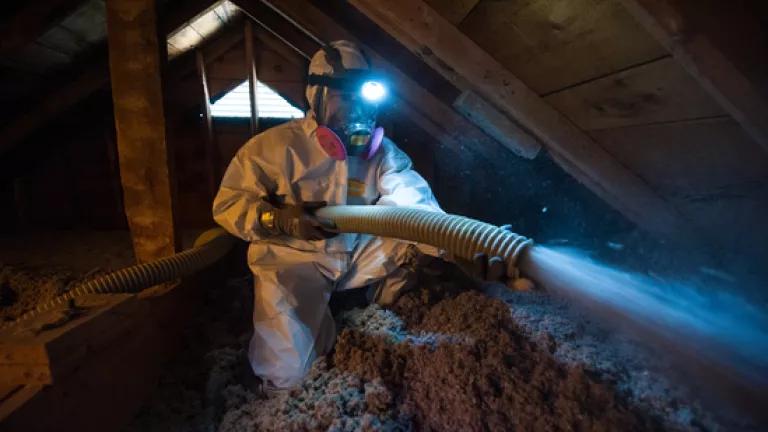Green Banks and ‘Big Switch’ to a Low Carbon Future

Green Bank Network to help facilitate ‘big switch’ to a low carbon future
Any large-scale investment in infrastructure takes money, and lots of it. Building a low carbon, climate-resilient energy system to run the global economy is no exception.
With our current unprecedented transition in electric power systems to cleaner power, public and private sector actors are working to deliver the necessary technological and regulatory innovation. Just as these changes are shifting generation of electrons from fossil fuel to low carbon sources, we need to retrofit the global private investment machinery already in place for fossil fuel extraction and distribution to instead meet the needs of clean energy deployment.
“There isn’t any significant debate about the fact that the global investment in carbon really needs to become a global investment in the new clean power platform,” said Reed Hundt, CEO for the Coalition for Green Capital (CGC) in a recent webinar about the new global Green Bank Network. “This is the big switch.”
Public financial institutions do not have the resources to finance the $13.5 trillion that the International Energy Agency estimates must be invested in low-carbon technologies through 2030 in order to deliver on climate pledges made to the UN. And, although commercial lenders and institutional investors are becoming increasingly familiar with green infrastructure technologies, private sector financiers have struggled to commit adequate capital amidst legal and regulatory constraints and perceived risks of new types of investment. Switching the direction of large volumes of energy investment, the global total of which is around $2 trillion annually, requires new forms of market-responsive, public-private partnership in clean energy financing.
NRDC is working to support the creation of new public institutions called Green Banks as one way to help mobilize private capital and speed up the big switch. Green banks have been created to partner with the private sector to increase investment in clean energy and help make more clean energy financing mainstream, towards no longer needing public assistance. Green banks often attract private capital by de-risking clean energy projects, such as by co-investing in them or offering credit enhancements, or making the projects easier for big banks to finance, such as by aggregating lots of small projects together and filling other market gaps like marketing and consumer awareness. Which financial and other tools the green banks employ and which technologies they invest in depends on the needs of the local markets in which they are active and on the green bank's missions.
Michael Friedlander, Managing Director of Investment and Portfolio Management at the New York Green Bank, also spoke on the inaugural Green Bank Network webinar. NY Green Bank’s investment criteria requires, among other things, that the bank can demonstrate that any financing arrangement it enters into can be easily replicated and help achieve widespread deployment of green technologies quickly. “The idea,” Friedlander told attendees, “is to be able to focus in on projects and financing opportunities that represent transformations to the market.”
Green Banks have already demonstrated the success of financial innovation to support a wide range of projects from residential solar in Connecticut and utility scale solar in Australia to commercial biogas in Japan and offshore wind in the U.K. The Connecticut Green Bank, for example, quadrupled clean energy investment in the state in just three years by making smart investments that reflect an understanding of local market needs.
Over the past 5 years as green banks have grown and new ones have been or are slated to be established, practitioners realized that a platform was needed that will enable green banks and their partners to share experience, best practices and data around innovative clean energy financing activities. That platform is the Green Bank Network (GBN), the official launch of which was announced at the international climate conference in Paris at the end of last year. The GBN’s founding members are six green banks in five countries: Australia, Japan, Malaysia, U.K. and U.S.A (Connecticut and New York state green banks).
Green banks are playing an important role in transforming markets and moving us towards the big switch. “The transition requires innovation in finance that they are achieving right now,” said NRDC’s Douglass Sims, also speaking on the webinar. He continued, "The changes that are occurring are disrupting business as usual at many levels….We don’t have time to allow the regular life cycle of finance to occur and still meet our investment goals. So, green banks work to accelerate the transition of business as usual.”
Sims summarizes well why we at NRDC are working to support green banks here and around the world, helping expand their important role in speeding up the switch to a low carbon energy future.
To learn more about green banks and the Green Bank Network, read the latest GBN Newsletter, check out our website and watch our two first webinars.




